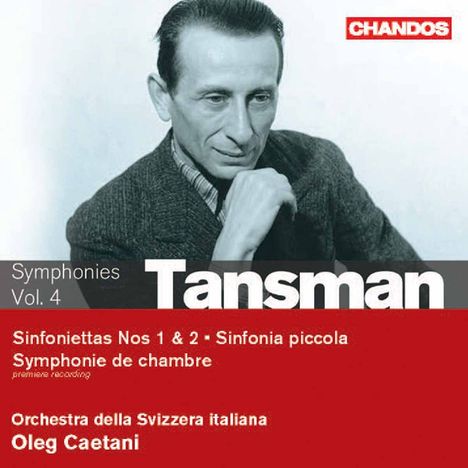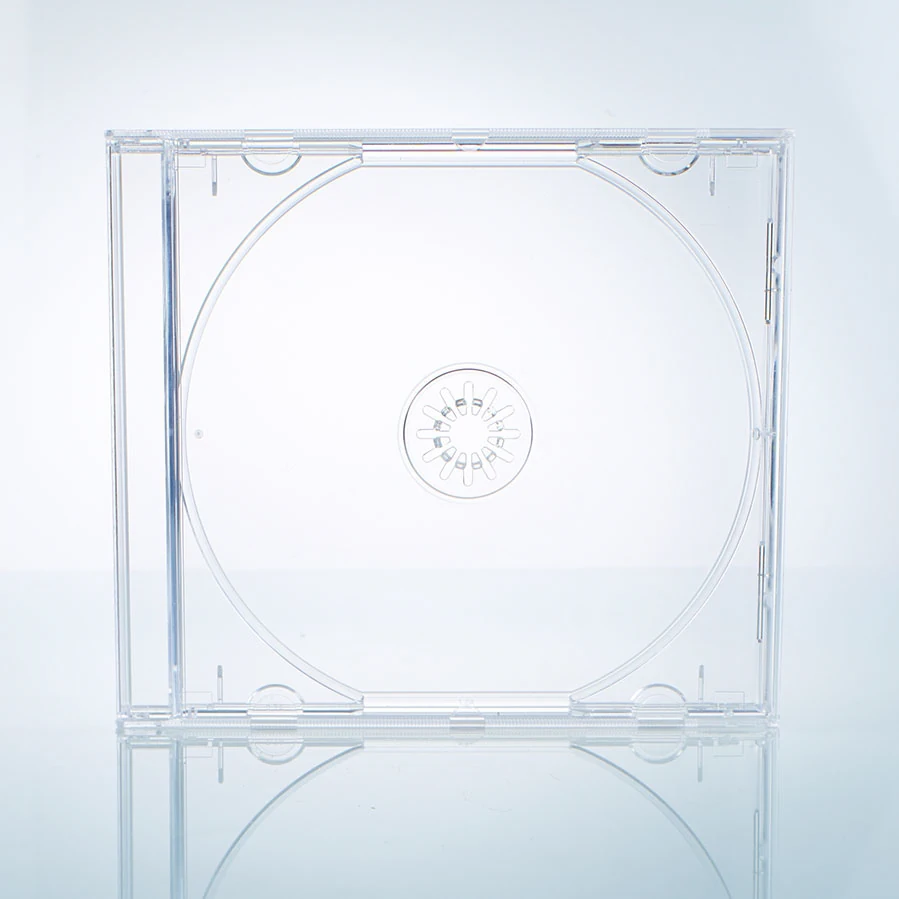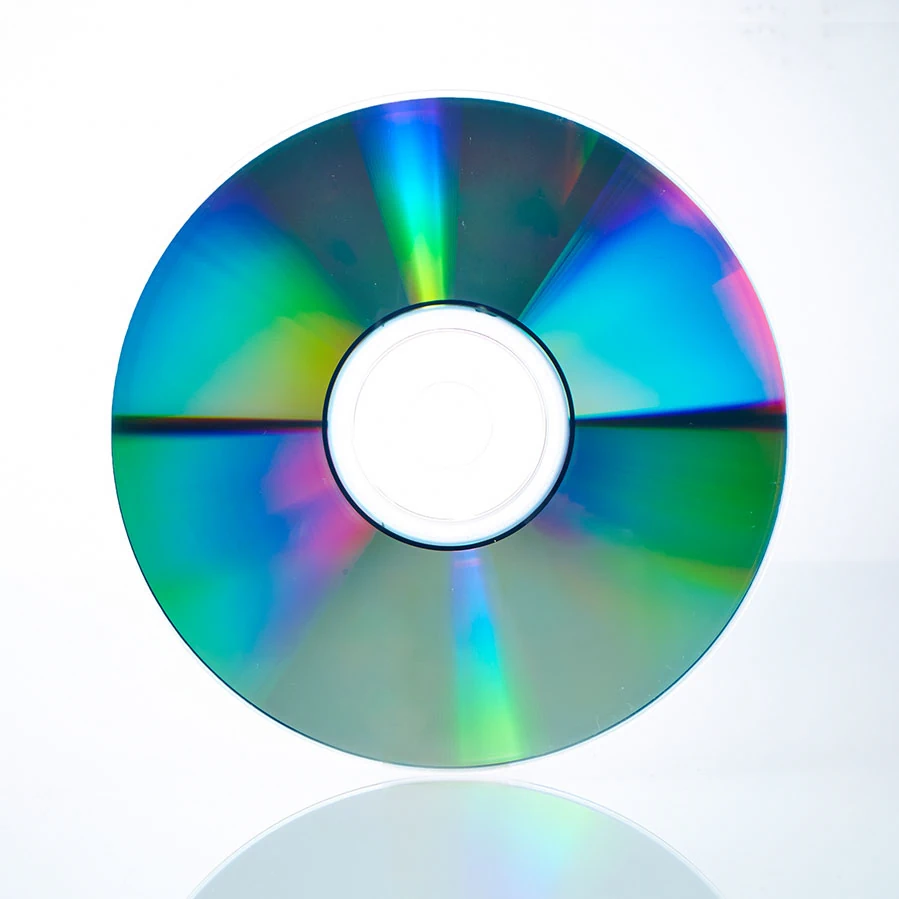Alexandre Tansman: Sinfoniettas Nr.1 & 2 auf CD
Sinfoniettas Nr.1 & 2
Herkömmliche CD, die mit allen CD-Playern und Computerlaufwerken, aber auch mit den meisten SACD- oder Multiplayern abspielbar ist.
Voraussichtlich wieder lieferbar Ende September 2025
+Sinfonia piccola; Kammersymphonie
- Künstler:
- Orchestra della Svizzera Italiana, Oleg Caetani
- Label:
- Chandos
- Aufnahmejahr ca.:
- 2008
- Artikelnummer:
- 8975401
- UPC/EAN:
- 0095115157428
- Erscheinungstermin:
- 20.11.2009
Product Information
With this latest instalment we are impressed to find again, a great unity of style although they were written at very different periods of his life. Sinfonietta No. 1 dates back to 1924 and reveals an influence of Stravinsky, while featuring stylizations of Polish folklore. Polish writer Jaroslaw Iwaszkiewicz reported from the Paris premiere that the work includes ‘the most beautiful mazurka, an excellent scherzo, and a bravura fugue and toccata at the end.’ Scored for orchestra with single woodwinds, brass, and piano, it is dedicated to an American composer, Louis Gruenberg, who shared Tansman’s East-European roots and interests in jazz. Sinfonietta No. 2 was commissioned by the Polish Radio and composed in 1978. It received its premiere as part of his 80th birthday celebrations in Poland, during the composer’s triumphant return to his homeland. The celebrations were extensive with Poland making amends for having disowned Tansman for three decades.
The two Sinfoniettas are coupled by Sinfonia piccolo (1951-1952), a title which belies the scale of the composition. The Sinfonia was commissioned by the French Ministry of Education and dedicated to a famous surgeon, Dr Jean-Louis Lortat-Jacob. It adheres to a standard four-part outline of a classical symphony, and is recognised as ‘one of the most enjoyable orchestral works in Tansman’s oeuvre and the entire symphonic repertoire of the period’. The symphony’s secret may lie in the youthful exuberance of jazz, and the sonorous sheen of the Balinese gamelan.
Sinfonia de chambre completes the programme in this its premiere recording. Written in 1960, the work comes from a period of stability in Tansman’s life after the war, but still reflects the turmoil of those years. The dense textures and distant echoes of Bach’s Kunst Der Fuge are among the work’s most prominent neo-Baroque features.
Rezensionen
“ …for the premiere recording of the terrific Chamber Symphony alone, this Chandos CD is an indispensable acquisition for all dedicated Tansmanians.”
Paul A Snook
Fanfare - May / June 2010
“…The music is enthusiastically played, and the sound is up to Chandos’s standards. The notes are helpful too…” Roger Hecht
American Record Guide - March / April 2010
…”The orchestra della Svizzera Italiana clearly knows Tansman’s style inside our and relishes it…”
“…this concluding volume of Tansman’s symphonic works is definitive…”
Ivan Moody
International Record Review - February 2010
“First-rate recording quality and authoritative documentation support a more than worthwhile issue.” David Fanning
Gramophone - March 2010
Rezensionen
FonoForum 02/10: "Oleg Caetani gelingt es zusammen mit dem gut aufgelegten Orchestra della Svizzera Italiana, die besten Züge dieser Musik nach außen zu kehren, die unmittelbar mit dem Neoklassizismus von Honegger oder Martinu zu vergleichen ist: ihre geistreich-pointierende Satztechnik ohne "gelehrten" kontrapunktischen Ballast in den Fugensätzen, ihre konzis-prägnante Ausdruckshaltung, ihre virtuos-originelle Instrumentierung. Diese Musik überrascht mit einer geradezu maßlosen Fülle musikalischer Einfälle und hält doch immer geschmackvoll Maß."Disk 1 von 1 (CD)
Kammersinfonie (1960)
-
1 1. Satz: Toccata
-
2 2. Satz: Élégie
-
3 3. Satz: Finale
Sinfonietten Nr. 1-2 (1924 / 1979) (für Kammerorchester)
-
4 Nr. 1, 1. Satz: Allegro assai
-
5 Nr. 1, 2. Satz: Mazurka
-
6 Nr. 1, 3. Satz: Notturno
-
7 Nr. 1, 4. Satz: Fugae e Toccata
-
8 Nr. 2, 1. Satz: Introduzione e l'estro armonico
-
9 Nr. 2, 2. Satz: Scherzetto popolaresco
-
10 Nr. 2, 3. Satz: Adagio quasi intermezzo
-
11 Nr. 2, 4. Satz: Finale romantico
Sinfonia piccola (1951 / 52) (für Kammerorchester)
-
12 1. Satz: Introduction et Allegro
-
13 2. Satz: Aria
-
14 3. Satz: Scherzo
-
15 4. Satz: Finale
Mehr von Alexandre Tansman








